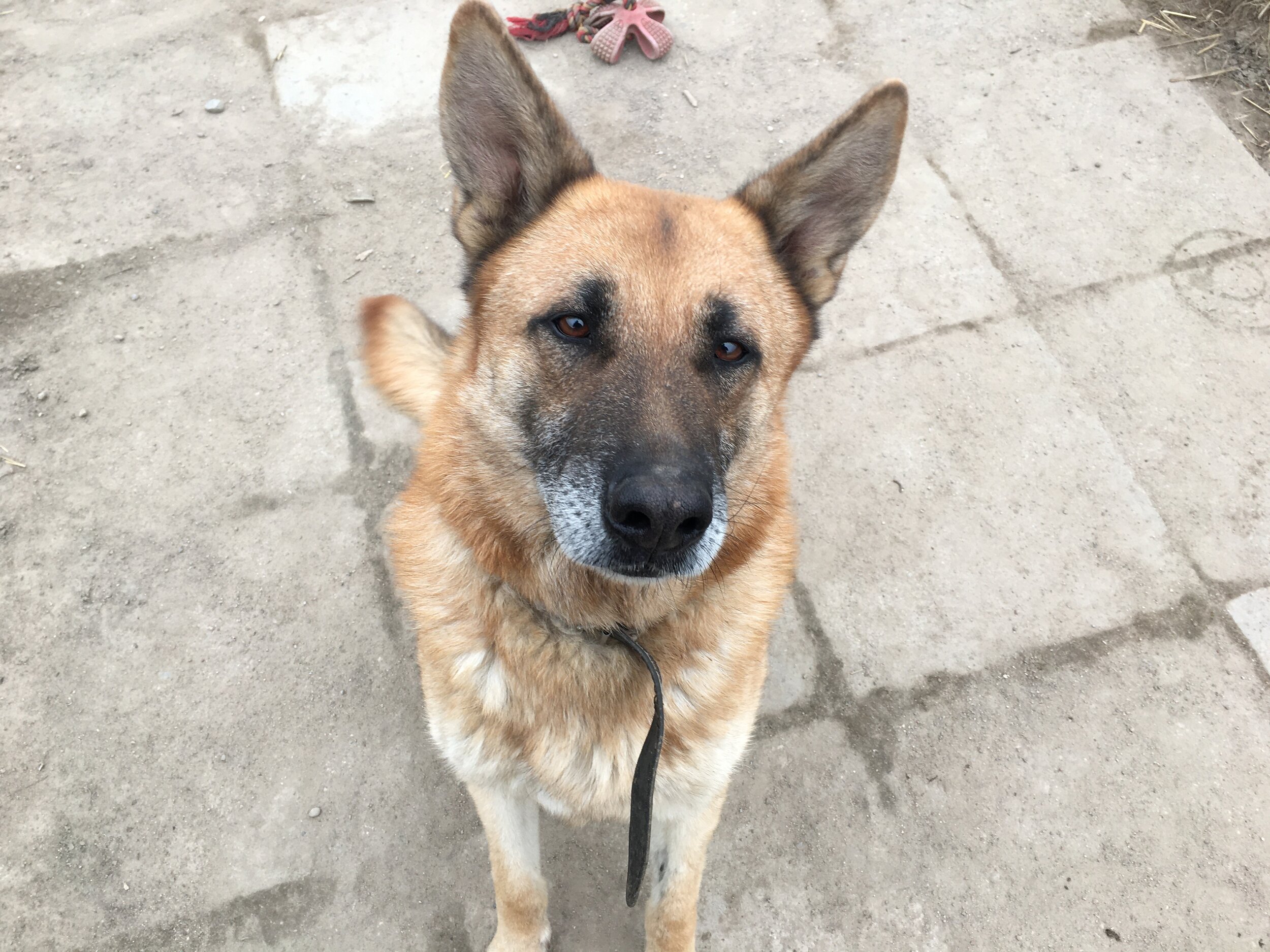What do you think about punishment?
Image by Photo Mix from Pixabay
Punishment is oftentimes regarded as a way of decreasing the likelihood of behaviour happening again in the future. But is it actually the case? Skinner in his book “Beyond freedom and dignity” said
“A person who has been punished is not thereby simply less inclined to behave in a given way; at best, he learns how to avoid punishment.”
That’s why you have dogs that won’t go on the couch when their owner is present – a cue that the punishment can be applied but will contentedly sleep on the couch when left alone at home.
From “Science and human behavior” by BF Skinner we can learn that punishment has not the same effect on reducing the behaviour as reinforcement has the effect to strengthen the behaviours. It’s not simply the opposite of reinforcement. There is scientific data to suggest that the effects of punishment is a temporary suppression of the behaviour and the rate of responses will rise after the punishment was discontinued. You see spontaneous recoveries of the behaviour. In other words, punishment often doesn’t give us the results that we think it will.
What can serve as punishment?
What we can categorise as punishment is far wider than commonly thought. Vastly known punishment procedures include spanking, fines, threats, disapproval, or banishment. Simply saying ‘wrong’ can be a punisher for the person who receives it. Sometimes even a frown on someone’s face could be a punisher (both for humans and for animals). Another form of punishment can be a time out, provided for example in a form of removing ourselves from the room, when our puppy starts to bite us. Punishment is not just provided by other human beings. It’s a naturally occurring phenomenon that exists on the planet. When you accidentally turn on cold water under the shower and get blasted with cold water, you are likely to pay closer attention next time and use the other nob. You will be less likely to accidentally use the cold nob again but unfortunately, encountering punishing environment can’t guarantee you will never do it again.
Using punishment procedures is not teaching what the learner could do instead. Telling the dog that “he is wrong”, is not teaching him anything. It doesn't convey any information about what else he could do. And the possibilities are endless. Instead of biting your flowers, the dog can start to bite your pillows, table, shoes, couch, or other items. He can start barking, humping, breaking into the room that was supposed to be closed and many more. When the only information that you give to your dog is “don’t do this”, you give him endless possibilities to go “wrong” again. Find out what would you like to see him do instead and teach it step by step. Don’t leave it to chance and take responsibility for his future behaviour.
Photo by Richard Horne on Unsplash
Punishment has its side effects that were vastly documented.
There are many side effects of punishment. It can generate predisposition to escape or retaliate and strong emotions, including disabling anxiety. We can see many avoidance behaviours, often to the place where punishment was applied. A dog who has been attacked by another dog in the park might not just be afraid of this dog, there can be many side effects like, avoiding dogs in similar size or looks, avoiding the park or the specific place where it happened, avoiding approaching other dogs in the same way he did before he got attacked. When you take your dog to the vet for the first time and he receives a painful procedure that he cannot escape, it can create avoidance behaviours or even aggression towards the vet. From his perspective, it was punishing to go to the vet, even if it saved his life and/or reduced his pain. Engaging in avoidance behaviours change a dog’s body language. We can’t know what they are feeling but seeing their tensed muscles, curved and lowered body, tail tucked between the legs, avoiding eye contact, shaking, all can indicate fear response and are common side effects of punishment.
When do we feel we need to use punishment?
The problem is, we often only notice when the animal is already doing something we don’t want. In that scenario, we are already needing to react instead of proactively approaching the issue. We feel that we need to punish because “they need to know they’ve done something wrong” when, it’s more effective to communicate what we would like them to do instead and teach it, so we can see it happening in front of our eyes. When we focus on the behaviour that we want to see, we are giving our learner a chance to learn something and choose to do this thing instead. It’s an incredibly effective way to see long-lasting behaviour change.
Let’s use an example of dog growling at us when we want to check his ear. We often feel that the dog needs to be told that they are doing the wrong thing (either by time out or by saying “no” firmly or any other use of punishment procedure). But let’s think about that from the dog’s perspective. The dog is behaving to communicate with us. What can be a function of the growl? It can serve a function of making us stop moving our hand towards him. Oftentimes, that’s all there is. We haven’t prepared him for what is going to happen, we just assumed that “he should allow us to touch his ear”. We created a situation where animal felt the need to make us move away. Growling is hardly the first precursor to bite. Potentially animal learnt in the course of his life that nothing else worked so the only thing he has left is growling. The dog wants us to move away. Why do we feel the need to punish his communication system? If we want to be touching his ears, we can teach it in a positive way. That way we actually teach behaviours and give our animal the opportunity to learn. By applying punishment, we haven’t taught to tolerate his ear being touched. We do, however, face a threat that we will take away his warning signal. In the future, it can escalate to the bite if it is continuously ignored.
What’s the alternative approach? Assess what you can do now that doesn’t elicit growling. It might be moving the hand towards his chest, it sometimes can be moving a hand towards him in a distance. Whatever that is, approach him before he even feels the need to growl. Systematically teach staying calm when your hand approaches, so he never even face the need to growl. Approach him proactively and teach alternative behaviour like staying calm and relaxed instead of growling and you will be able to check his ears without any problems and no stress on both yours and his side. Make it worthwhile for him to stay calm next time you try to approach him and you will see it happen.
We can simply capture our dogs doing what we would like them to do. Unfortunately, we normally do the opposite. When the dog is quiet and calm, we use it as a time to do our chores. We completely ignore him for doing what we would like him to do. If he wants our attention, he will start doing things that will give him our attention. That can escalate quickly to many problematic behaviours like excessive barking, destroying something in the house or even nipping on someone’s leg. While doing what you like him to do goes unnoticed. If we could only reverse that process and give him attention when he is quiet, that can take us a long way.
Behaviour has function.
Photo by Roberto Nickson on Unsplash
When we think that “the animal needs to know he has done something wrong”, we fail to even look for the function of his behaviour from his perspective. We sometimes even assume that the dog is doing it to purposefully get back at us. When the dog pees in the house (assuming that he was successfully house-trained), many people assume that it’s a revenge for living him alone. However, there are plenty of other explanations for this behaviour. The dog could have urinary infection and simply couldn’t hold for as long as normal. The dog could be experiencing separation anxiety and is more likely to pee where he is at. People are surprised when their dog pees on their bed – like that is the “evidence” of his revengeful behaviour. But how can we assume they know the concept of revenge? They might not even understand the concept of the bed being your favourite place. The simple explanation might be, he peed where he currently was and why was he in your bed? Because your scent is the strongest there after the night.
If the function of growling and lunging is to increase the distance between him and another dog, why don’t we teach him that when he looks at you, you will take him further away? We will increase the distance before he growls or lunges. Combining it with teaching him that a lot of good things happen with other dogs are in a distance, we can change the way the dog feels around other dogs.
Effective ways of influencing behaviour
Alternative approach to punishment is to ask yourself what is that we can do next time or how we can change the environment to make it less likely for them to display it? Maybe it’s us who should change our behaviour rather than expect them to change without any of our input? What behaviours can we teach for the next time that will be more appropriate? Ask yourself what is in the environment that makes your dog behave in the way he behaves? By finding out what is he getting from the behaviour (what’s the function) and when and where he is most likely to behave in this way, you get a chance to consider alternatives that you can teach before the behaviour even happen.
Punishment is unavoidable as it is also coming from our environment. Just by the fact that you have a leash on your dog, it has the potential to be seen as punishment from your dog’s perspective. When you touch a hot stove, you move your hand away. That can teach you to not keep your hand on a hot stove. Learning from the environment has a far greater effect than learning from people. Your mom might have been telling you to not touch it, but when you eventually got burnt, you are more likely to learn the lesson. Our words and lousy attempts to punish others have not the same effect as punishers from the environment. I would argue to leave it to the environment and work on learning how to use the power of positive reinforcement instead. Rather than leave it to chance of what our learner will do, let’s take responsibility for teaching the behaviours that will work functionally for us both.
Photo by Noémi Macavei-Katócz on Unsplash
















